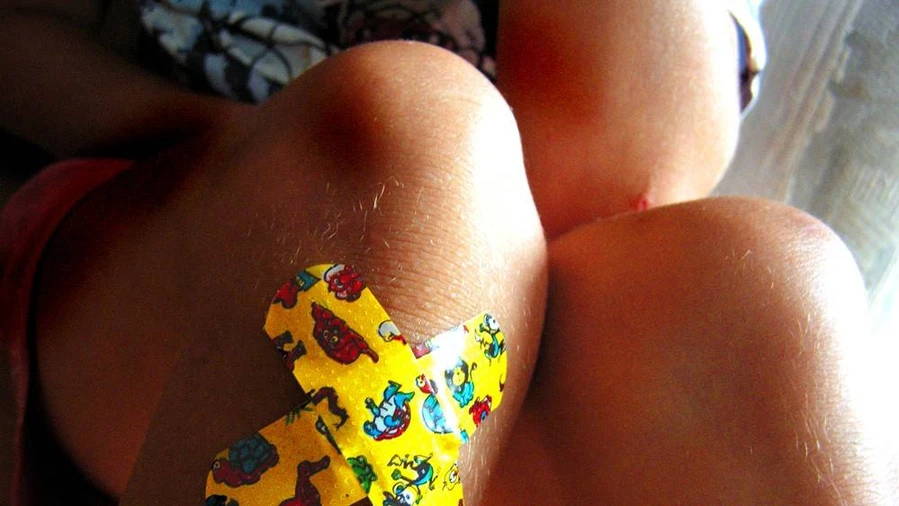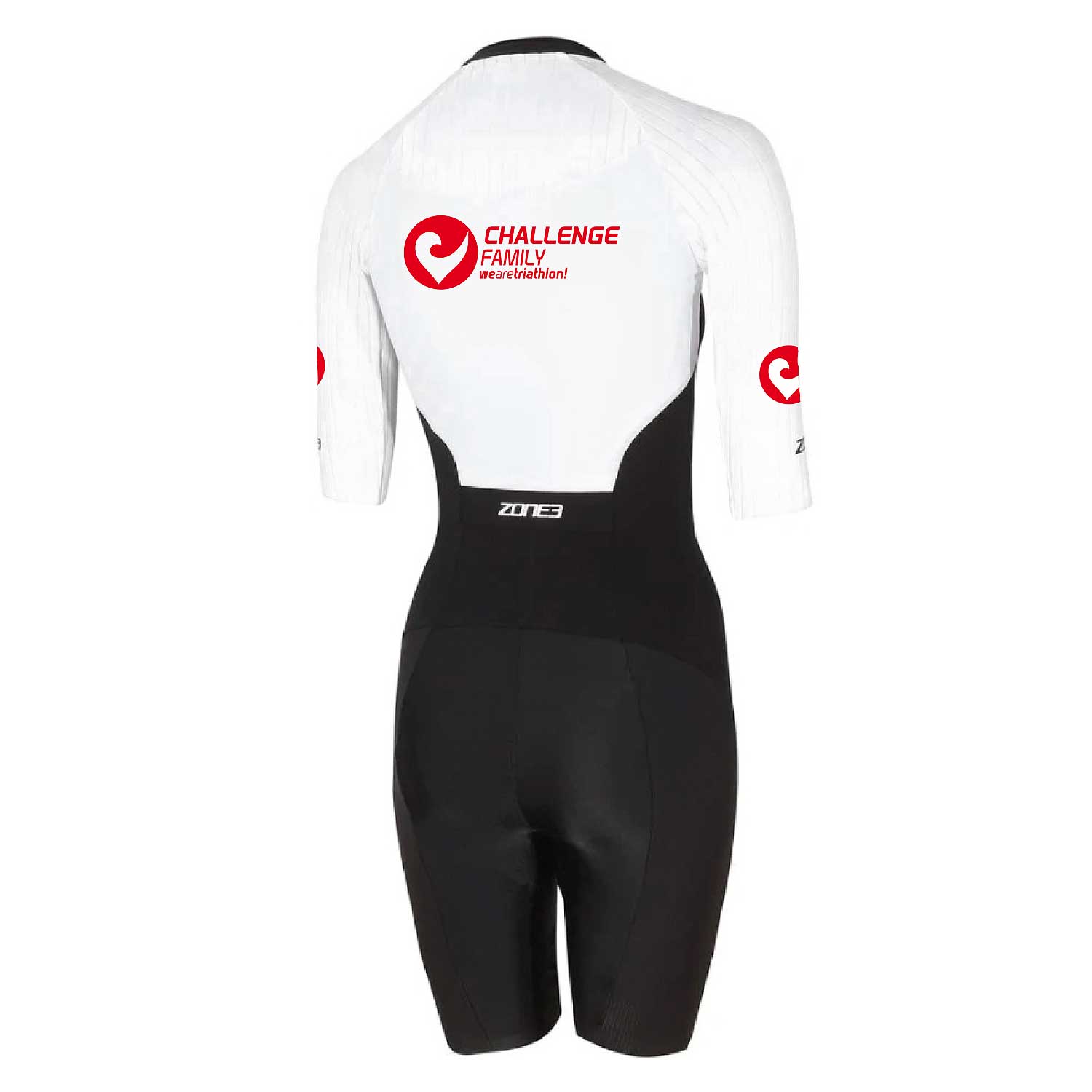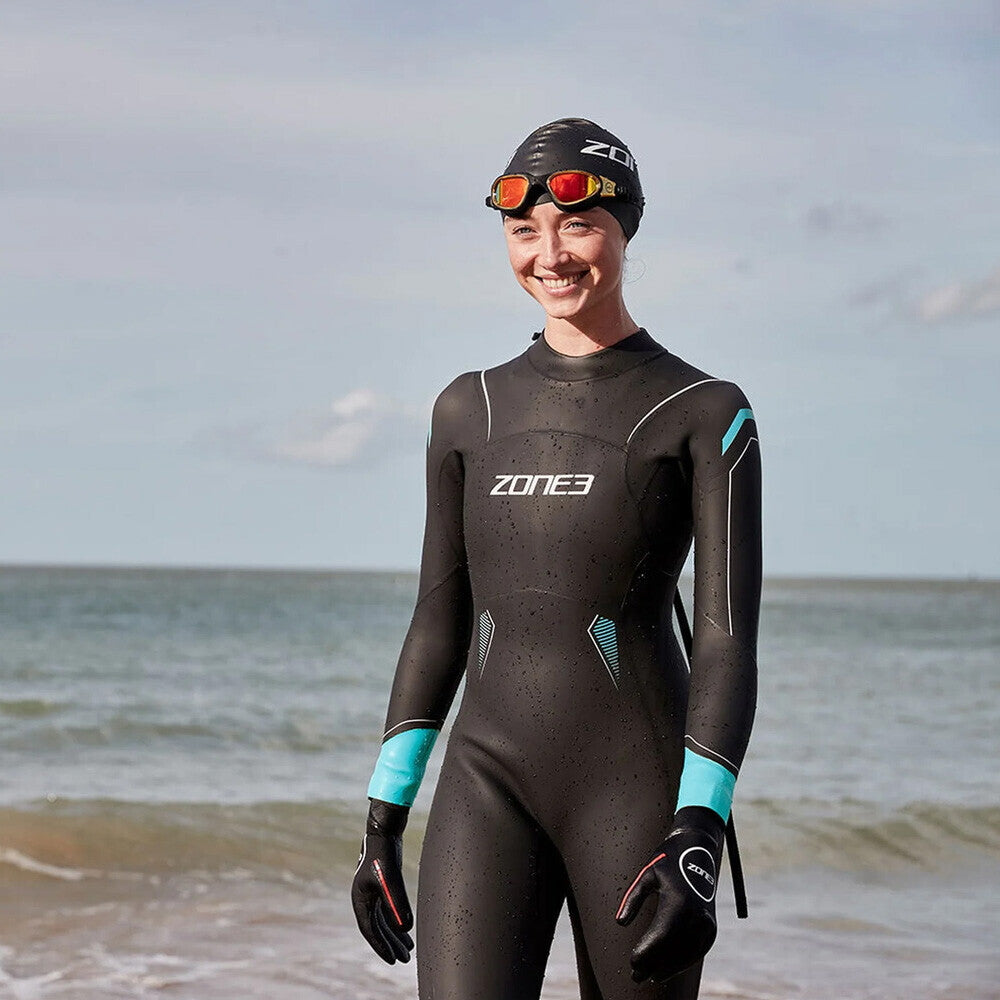Das ist fast jedem Triathleten schon passiert: Beim Radtraining einmal nicht aufgepasst und schon liegen wir auf der Straße, die Schmerzen sind groß, auch wenn nichts gebrochen ist. Wenn die „Tapete“ ab ist, also die Haut aufgeschürft wurde, gilt es schnell zu handeln, um langfristigen Folgen vorzubeugen. Hier könnt ihr lesen, was zu tun ist.
Schürfwunden tun weh, obwohl die Verletzung selten tief geht. Die obere Hautschicht, die Epidermis, ist dann großflächig aufgeschürft – und die Nerven liegen im wahrsten Sinne des Wortes blank. Es blutet erst, wenn die tiefere Lederhautschicht ebenfalls verletzt ist. Der Körper lässt dann das Blut gerinnen, sodass die Wunden sich von selbst verschließen und keine schädlichen Keime ins Innere des Körpers gelangen. Doch doppelt hält wie so oft besser: Wer den Asphalt „geknutscht“ hat sollte so schnell wie möglich die Wunde behandeln und den Körper bei der Infektionsvorbeugung unterstützen. Denn wenn sich die Verletzung entzündet, kann auch eine Schürfwunde langfristige Folgen haben.
Schürfwunden versorgen
Es sei gleich zu Anfang gesagt: Schürfwunden zu reinigen kann ganz schön schmerzhaft sein: Schon deswegen bietet es sich an, Hilfe zu holen. Ein Sanitäter oder gar Arzt sollte sich die Wunde aber auf jeden Fall anschauen, wenn sie tiefer und sehr großflächig ist.
Zunächst müssen Dreck und andere Fremdkörper entfernt werden; das ist der schmerzhafteste Teil an der Versorgung. Besonders fies: Wenn Rollsplit in die Wunde gelangt. Große Splitter (z.B. Glasscherben) bitte vom Arzt entfernen lassen – oft verstärkt sich die Blutung nach dem Entfernen. Zum gründlichen Reinigen der Wunde eignen sich steriles Wasser bzw. Mineralwasser, alkoholhaltige Mittel können zu sehr reizen. Auch jodhaltige Desinfektionsmittel können helfen, einige Menschen reagieren aber allergisch darauf.
Knieschmerzen
Ein häufiger Fehler: Salbe auftragen. Bitte nicht, in offene Wunden gehört keine Salbe. Erst wenn die Verletzung geheilt und trocken ist, kann Salbe die Heilung unterstützen. Zunächst reicht also ein Verband oder ein Pflaster. Die Wunde sollte in den ersten Tagen nicht mit Wasser in Berührung kommen. Gespalten sind die Meinungen beim „Aufbürsten“ der Wunde. Fakt ist: es ist schmerzhaft und stört bereits abgeschlossene und begonnene Heilungsprozesse. Wenn die Wunde also ohne Probleme heilt, sollte von weiterem Stress abgesehen werden. Zeigt die Wunde Zeichen einer Entzündung (sie nässt, ist warm oder eitert gar), dann sofort einen Arzt aufsuchen. Je besser die erste Wundversorgung, desto weniger besteht die Gefahr von Narbenbildung.
Wie lange pausieren?
Die Trainingspause ist natürlich von der Schwere der Verletzung abhängig. Der Heilungsprozess bei kleineren Wunden dauert nur wenige Tage, wenn alles gut verheilt. Schwimmen sollte für mindestens zehn Tage nicht auf dem Programm stehen. Da oft Gelenke wie Ellenbogen, Hüfte oder Knie betroffen sind, sind auch Rad fahren und Laufen bei größeren Verletzungen nicht zu empfehlen, da die Bewegung der Gelenke die Wundheilung stressen kann. Sobald sich fester Schorf auf der Wunde gebildet hat, solltet ihr wieder loslegen können. Generell gilt es, die Wunde gut zu beobachten und die Verbände bzw. Pflaster regelmäßig zu wechseln.
Vorbeugung
Natürlich kann ein Sturz jederzeit passieren – sei es im Straßenverkehr, wenn ein Autofahrer nicht aufpasst oder im Wettkampf, wenn ein Sturz eine ganze Gruppe zu Boden reißt. Wir selbst können nur unnötiges Risiko vermeiden und dafür sorgen, dass die Tetanus-Impfung immer aktuell ist. Der Klassiker der Vorbeugung ist das Rasieren der Beine – weniger Haare machen die Wundreinigung und -heilung einfacher.




















